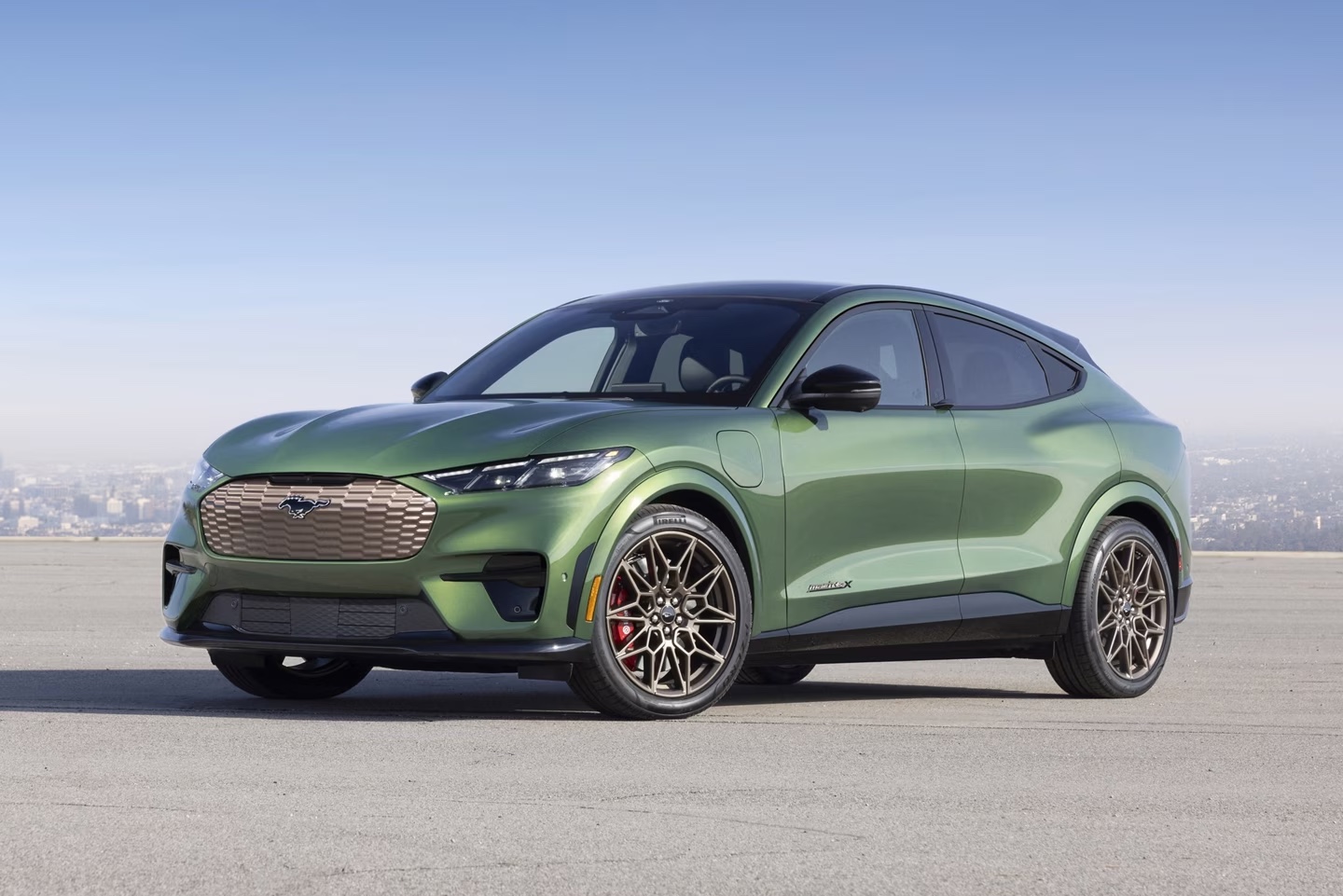Reaching 100,000 miles in any car used to be a big deal. But in the world of electric vehicles (EVs), it’s more than just a mileage milestone—it’s a real-world test of durability, battery health, and engineering quality
While EVs have fewer moving parts than gasoline cars (meaning theoretically less wear and tear), how they perform after extended use separates the dependable ones from the problematic ones. So here’s the thing—some EVs can rack up six-digit mileage with barely a hiccup. Others? Not so much.
Range degradation, battery replacement costs, and tech glitches can start creeping in once these cars hit 100K miles. Some early EVs simply weren’t built for longevity, while newer models show how far battery tech and build quality have come.
5 EVs That Keep Going Strong After 100K Miles
In this article, we’re looking at five electric vehicles that continue to hold up strong even after crossing that 100K-mile mark. And yeah, we’re also calling out five that haven’t aged so gracefully.
If you’re planning to buy used, or you want to hold onto your EV for a long time, this list might save you from future headaches—or help you find a car that goes the distance without falling apart.
1. Tesla Model S
The Tesla Model S is one of the OGs in the long-range EV game, and it’s still one of the most reliable options when it comes to racking up high mileage.
Owners who have driven their Model S cars well past 100,000 miles often report that the car still drives like new, with only a small drop in battery capacity, often around 10%. That’s impressive considering the stress long-distance driving can put on EV batteries.
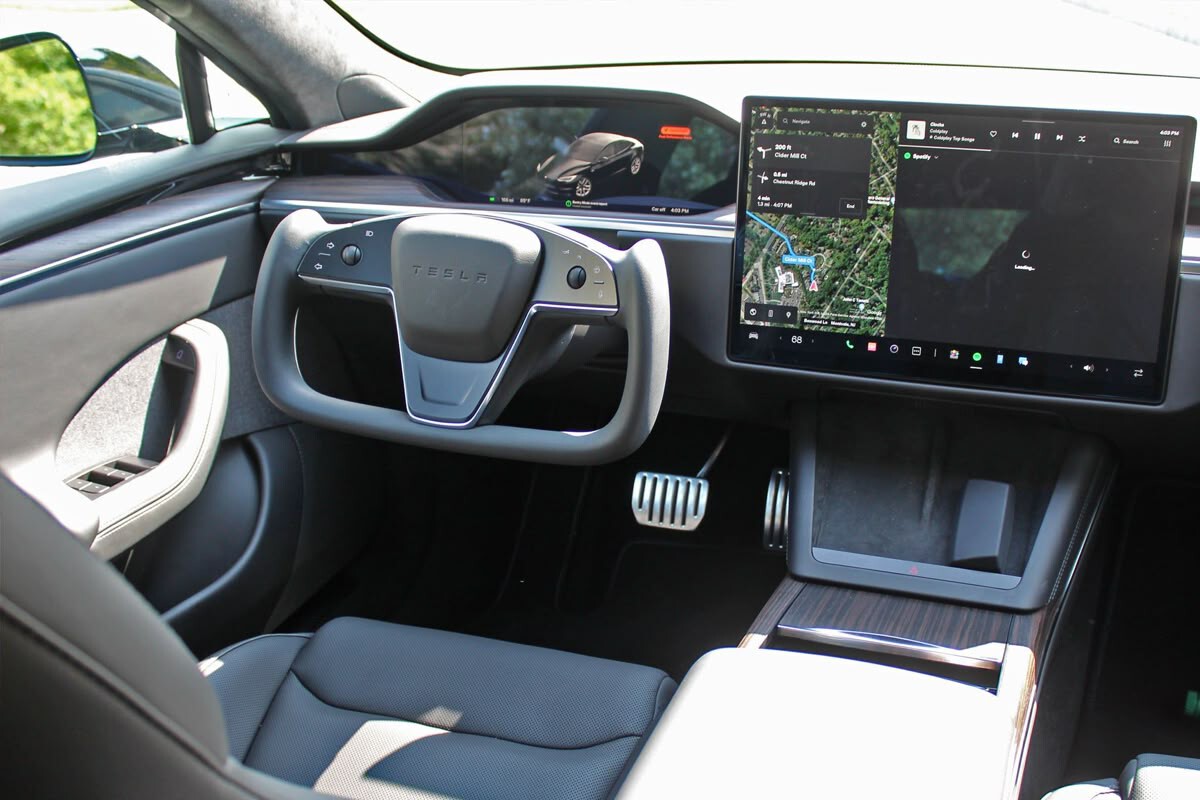
One of the key reasons for its longevity is Tesla’s active battery thermal management system. It keeps the battery in a happy temperature zone, which slows down degradation over time. The drive units have also proven to be durable with relatively few mechanical failures when compared to the typical wear in gasoline engines.
Software updates play a big role here, too. Tesla vehicles keep evolving long after purchase, thanks to over-the-air updates that improve performance, add features, and even fix issues without requiring a visit to the service center.
While early Model S vehicles (pre-2016) had some battery replacement cases, the newer builds have become increasingly resilient. If longevity is your game, the Model S is one EV that’s built for the marathon, not just the sprint.
ALSO READ: 5 Affordable SUVs That Last Forever and 5 That Fall Apart Quickly
2. Nissan Leaf (Second Generation)
The second-generation Nissan Leaf, launched in 2018, is a significant improvement over the earlier models, especially when it comes to battery health and long-term durability.
The first-gen Leafs were infamous for battery degradation, but Nissan fixed a lot of those problems with the newer version. The updated Leaf features a larger battery and a better cooling system, which helps maintain its capacity over time.
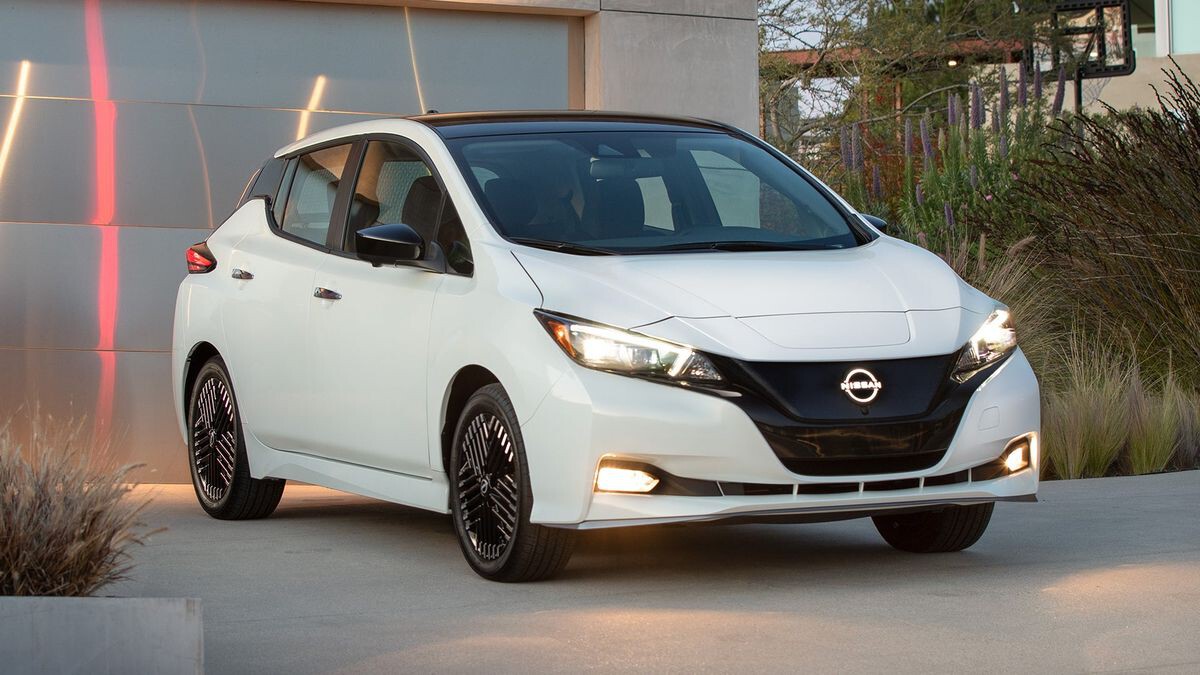
Many owners have driven their second-gen Leafs beyond 100K miles and report minimal degradation—often only 10-15% range loss, which is very manageable for most daily commutes.
It’s not just the battery that holds up well. The Leaf’s electric motor, regenerative braking system, and drivetrain components are all built to be low-maintenance, which helps reduce overall wear.
Another strong point? Simplicity. The Leaf doesn’t try to be flashy or overly complicated. Its build quality, combined with fewer gimmicks and a strong service history, means it tends to age well.
There aren’t a lot of surprise maintenance costs, and it’s one of the more affordable EVs both upfront and in the long haul. The second-gen Leaf is a safe bet if you’re looking for a reliable, no-fuss EV that won’t fall apart after 100K miles.
3. Ford Mustang Mach-E
Ford’s Mustang Mach-E entered the EV market with a lot of hype, and surprisingly, it’s living up to it. What makes the Mach-E a solid long-term performer is a combination of thoughtful engineering and robust battery tech.
It uses an advanced liquid-cooled battery system, which is essential for keeping the cells from overheating and degrading quickly. That’s a big plus for anyone clocking heavy mileage.
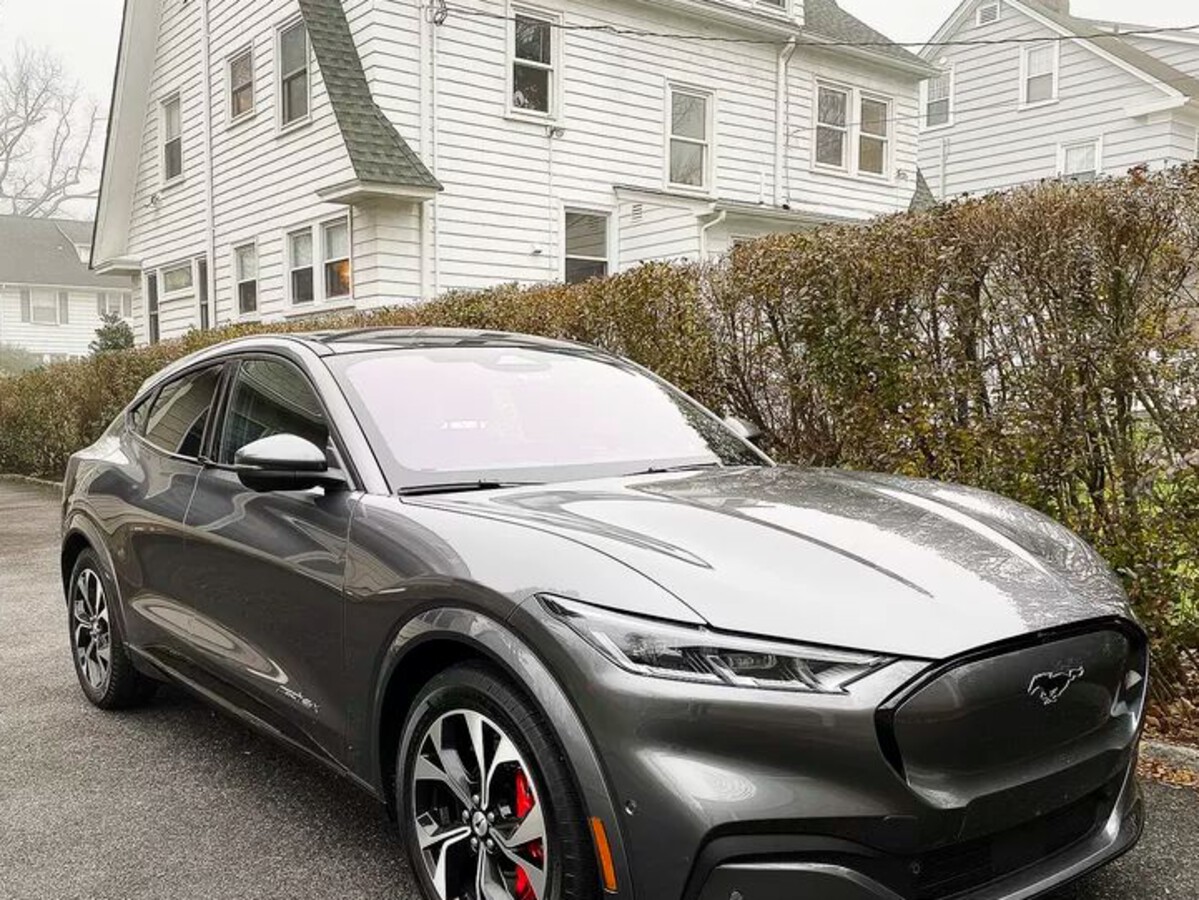
Owners who’ve crossed the 100,000-mile mark report that the Mach-E still delivers solid range and a smooth driving experience. Unlike some first-gen EVs that struggle with long-term durability, the Mach-E benefits from Ford’s decades of experience building reliable drivetrains.
The interior materials also hold up well, and the infotainment system stays relatively bug-free—another underrated aspect of long-term ownership.
Ford also stands behind its product with an 8-year/100,000-mile warranty on the battery. But even post-warranty, real-world use cases show minimal battery loss and rare drive system failures. Plus, routine maintenance is minimal, and regenerative braking keeps the wear on brake pads super low.
In short, the Mustang Mach-E doesn’t just look good out of the gate—it’s proving to be a workhorse that keeps up its performance even after serious time on the road. Solid choice for the long haul.
4. Kia Niro EV
The Kia Niro EV is one of those cars that quietly wins people over, not with flashy features but with consistent reliability and practical design.
The Niro EV deserves a shoutout when you’re talking about EVs that make it past 100K miles without a fuss. Its electric powertrain is smooth and efficient, and its battery system is engineered to last. Many owners report barely noticeable range loss even after years of heavy driving.
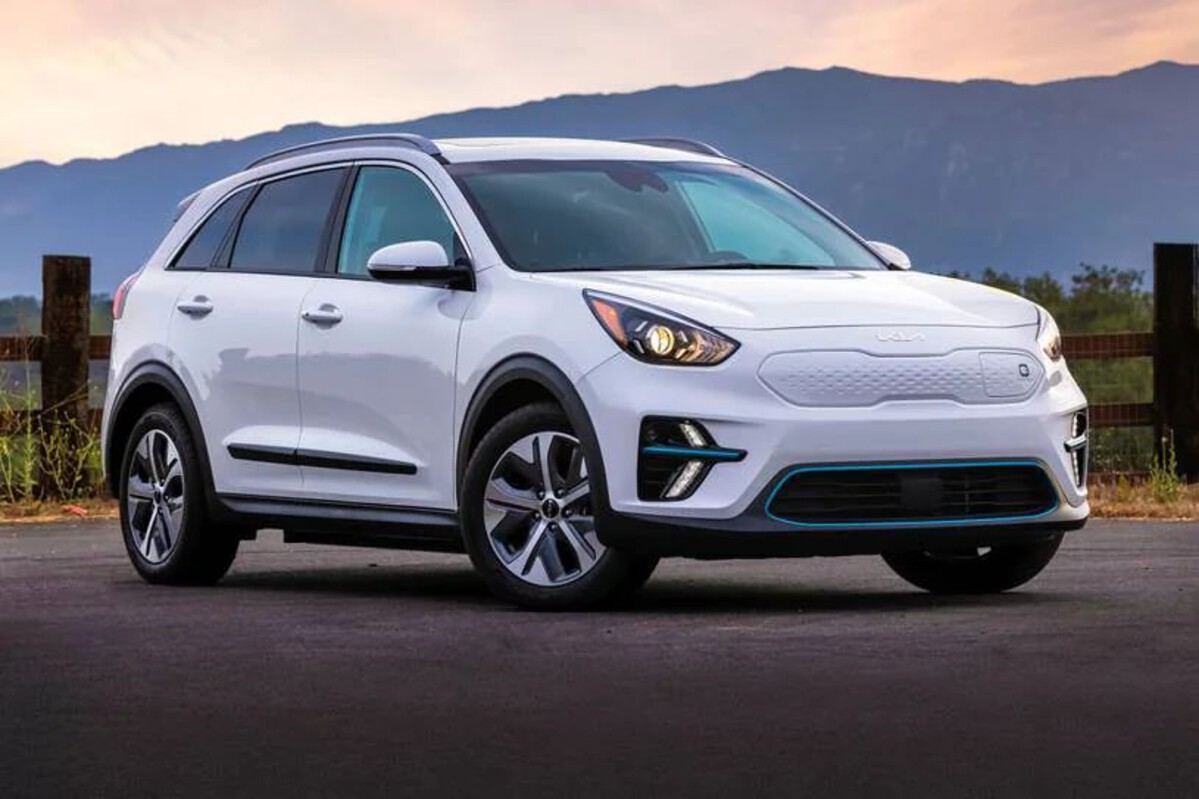
Kia backs the Niro EV with a 10-year/100,000-mile battery warranty, and that confidence is backed by actual performance. The battery uses a liquid cooling system to avoid overheating, and the car’s efficient software manages charging cycles smartly to preserve battery health.
The interior also holds up well—no peeling buttons or sagging seats. It’s designed for people who use their cars daily, not just on weekend joyrides. Another perk? The regenerative braking system helps reduce wear and tear on the brakes.
While it doesn’t have the brand recognition of Tesla or the wow factor of the Mustang Mach-E, the Niro EV just works. It’s reliable, affordable to maintain, and designed to go the distance. If you want an EV that quietly pushes past 100,000 miles, the Niro EV is worth a serious look.
5. Hyundai Kona Electric
Hyundai’s Kona Electric is another underrated champ when it comes to long-term performance. It’s a compact SUV that offers solid range, comfortable driving, and—most importantly—longevity. After 100,000 miles, this car still behaves like a champ, with many users reporting consistent battery performance and low maintenance costs.

The Kona Electric uses a high-density lithium-ion battery pack cooled by a liquid-based thermal management system. This ensures the battery doesn’t suffer from heat-related degradation over time. What that means in real terms is that even after years of daily use, you’re not going to wake up one day and find your range cut in half.
Hyundai’s warranty helps seal the deal. Like Kia, they offer a 10-year/100,000-mile warranty on the battery, which is a nice safety net. But most owners never need to cash in on it—the battery and motor systems are proving to be extremely reliable.
It also helps that the Kona Electric is just well-built. The cabin materials don’t fall apart, and the tech features don’t glitch out with age. It’s not a flashy EV, but it’s one you can count on to keep showing up—mile after mile. If you’re looking for a no-drama EV that lasts, the Kona’s a solid pick.
5 EVs That Struggle After 100K Miles
When it comes to electric vehicles (EVs), many people believe they’re immune to the same wear and tear that affects traditional gasoline-powered cars.
However, as the miles rack up, even the most advanced EVs can show signs of strain. Whether it’s battery degradation, software glitches, or component failures, some electric vehicles struggle once they hit the 100,000-mile mark.
In this article, we’ll dive into five EVs that haven’t aged as gracefully as their manufacturers might hope, revealing the challenges they face beyond the 100K milestone. If you’re considering purchasing a used EV, here’s what you need to know before taking the leap.
ALSO READ: 5 Sports Sedans That Are Built To Last and 5 That Break Under Pressure
1. BMW i3
The BMW i3, though innovative and fun to drive, doesn’t hold up well once it reaches the 100K-mile mark. While it was one of the first EVs to use a carbon fiber body, which is supposed to be lighter and more durable, the i3’s electric powertrain and battery system aren’t as long-lasting as other vehicles on the market.
The battery life tends to degrade noticeably over time, with many owners reporting a significant loss in range as they hit that 100K milestone.
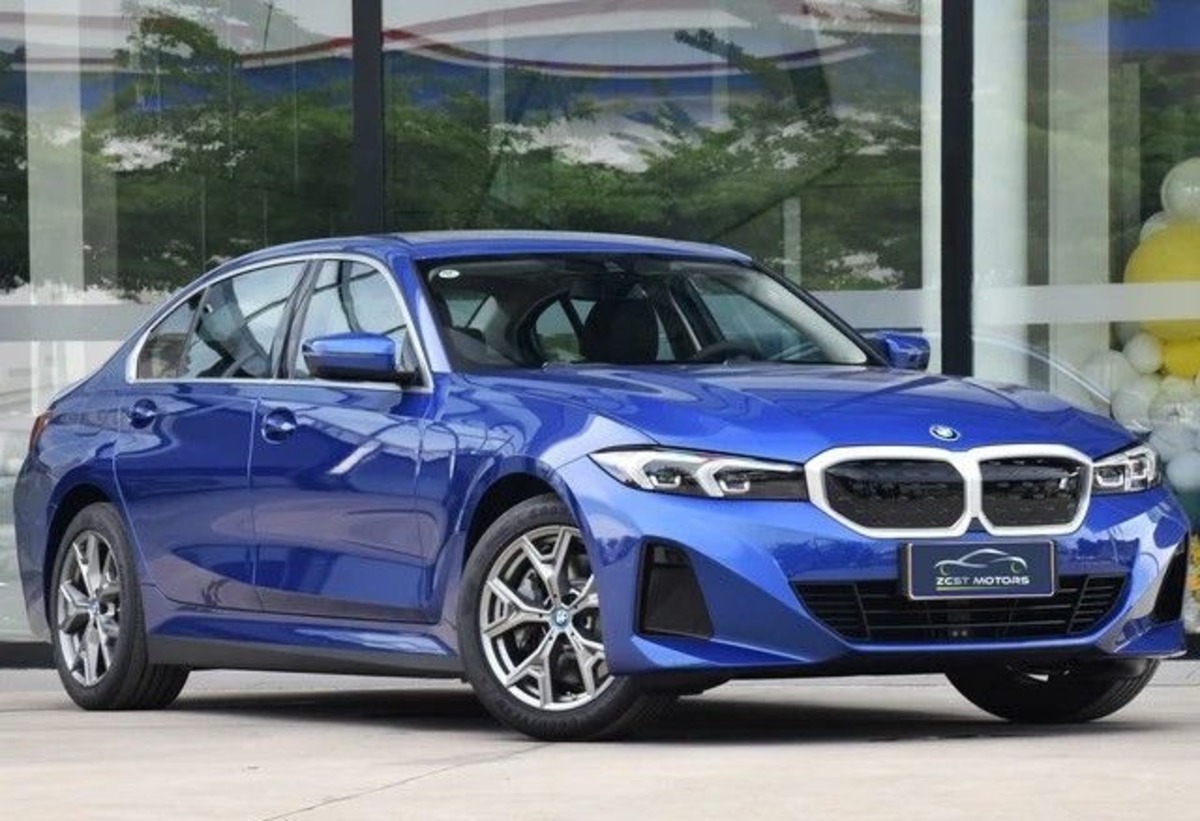
Another issue is the complexity of the i3’s system. While it’s a unique car, its unusual design and use of specialized parts can lead to higher-than-expected maintenance costs. The small battery also means it doesn’t have the same range as newer EVs, and once the range drops significantly, it becomes less useful as a daily driver.
Repairs and replacements for the i3 can be costly, particularly when it comes to the high-tech electronics and proprietary systems BMW uses. While the i3 has its fans, longevity isn’t one of its strongest suits, especially compared to more mainstream EVs that continue to perform well as the miles add up.
2. Chevrolet Bolt EV
The Chevrolet Bolt EV made waves for its affordability and impressive range when it first came out. However, once it hits the 100K-mile mark, many owners report issues that make it less reliable over time.
A big concern is the vehicle’s battery. Though it’s a decent battery to start with, after 100K miles, a noticeable loss in range and performance can occur, especially if the car’s charging cycles haven’t been managed well.
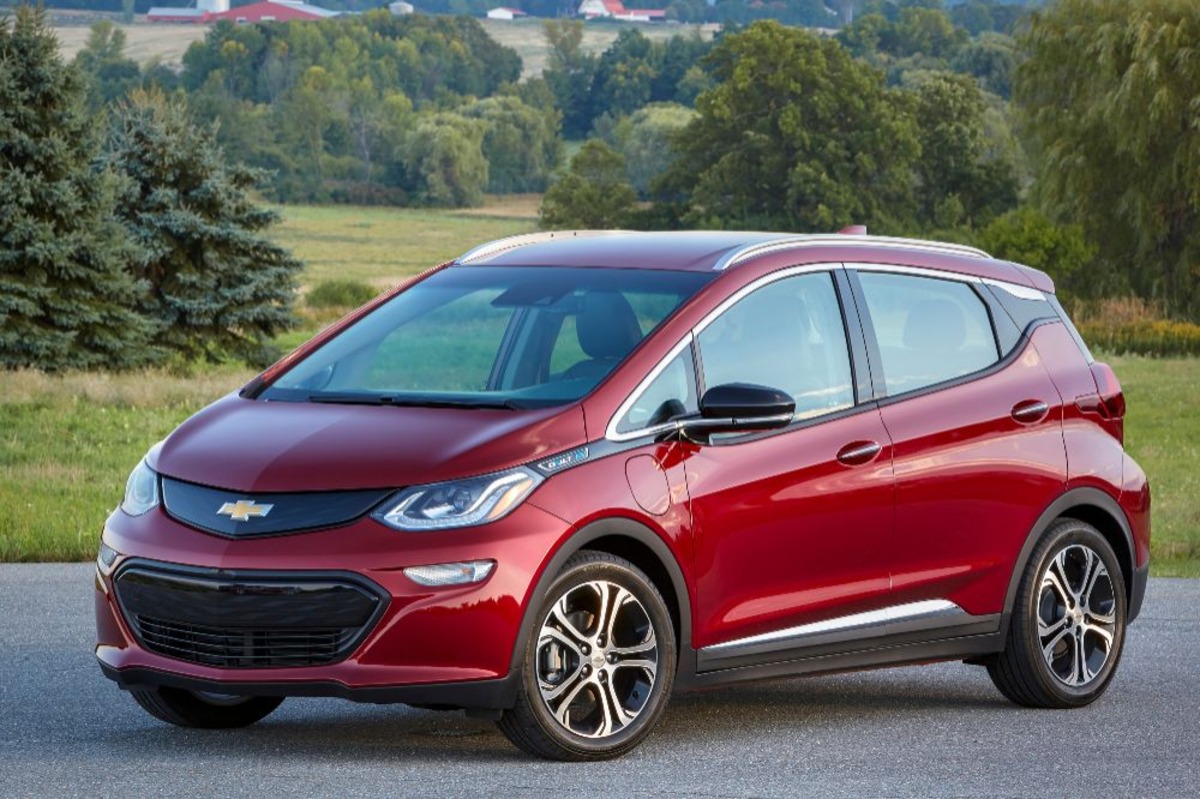
Battery degradation can become an expensive issue, and it’s one that has plagued the Bolt in its early years. While GM has taken steps to address these concerns, owners who have pushed their Bolts past 100,000 miles still report noticeable drops in range, which makes long drives much less feasible.
Aside from the battery issues, the Bolt EV also tends to experience other electrical and mechanical failures after reaching 100K miles. The powertrain, though efficient, doesn’t have the same long-term durability as higher-end competitors.
With the combination of battery degradation and maintenance concerns, the Bolt EV may not be the best option for those looking to keep an EV for the long haul.
3. Fiat 500e
Fiat’s 500e is a small, fun, city car, but it doesn’t quite measure up when it comes to durability after 100K miles. While the 500e was a clever idea for urban drivers, its battery life and overall build quality aren’t designed for high-mileage longevity.
Many owners have found that the small battery pack degrades much faster than those in other electric vehicles, especially when subjected to repeated charge cycles over time.
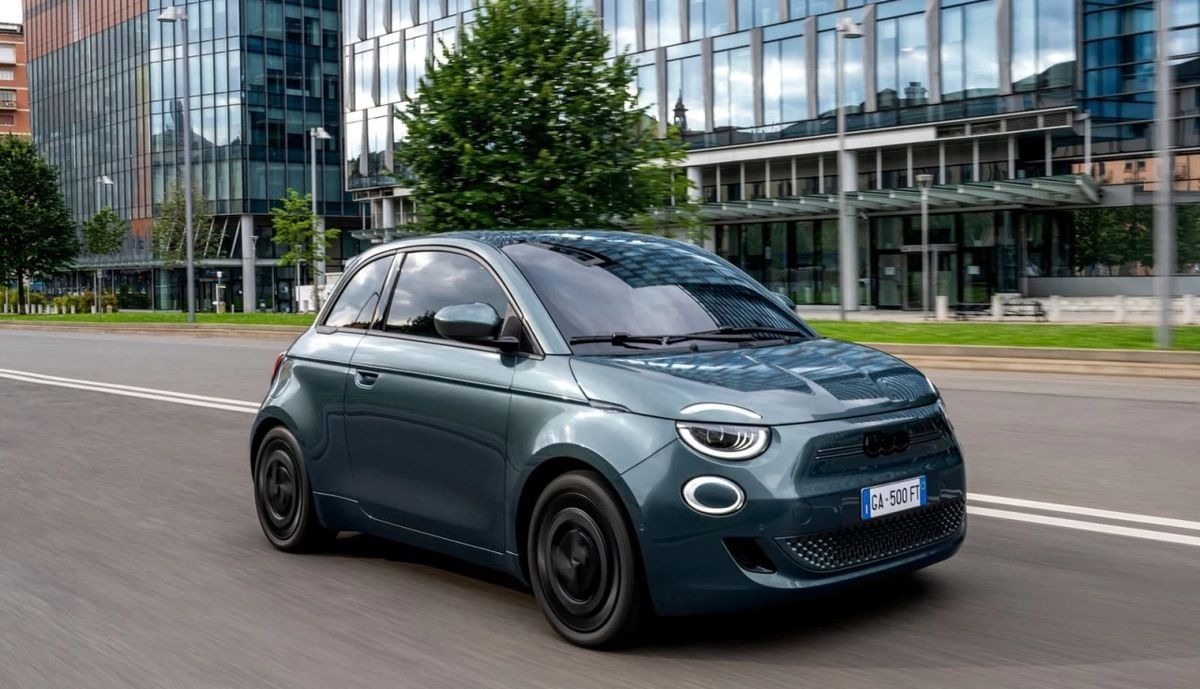
At the 100K-mile mark, drivers often report noticeable range loss, which turns the car’s practicality into a problem. The 500e’s driving range isn’t particularly great to begin with, and a drop in battery capacity after 100K miles can make it an even less viable option for day-to-day use.
Additionally, the powertrain isn’t as durable as it could be, with some owners experiencing issues with the electric motor and drivetrain after heavy use.
Another downside is the limited availability of parts and service for the 500e, especially in areas where Fiat doesn’t have widespread support. As a result, keeping this car running smoothly after 100K miles may lead to frustrating repair delays and expensive fixes. While the 500e is fun while it lasts, it’s not an EV that’s built to last well past the 100K-mile mark.
4. Jaguar I-PACE
The Jaguar I-PACE, though sleek and luxurious, faces significant challenges when it crosses the 100K-mile mark. One of the biggest concerns with the I-PACE is its battery.
The car has an advanced battery system, but like many luxury EVs, it tends to degrade faster than some more economical models. After hitting that 100,000-mile mark, many owners report that the vehicle’s range decreases drastically, often leaving them with significantly less driving distance per charge than they initially had.
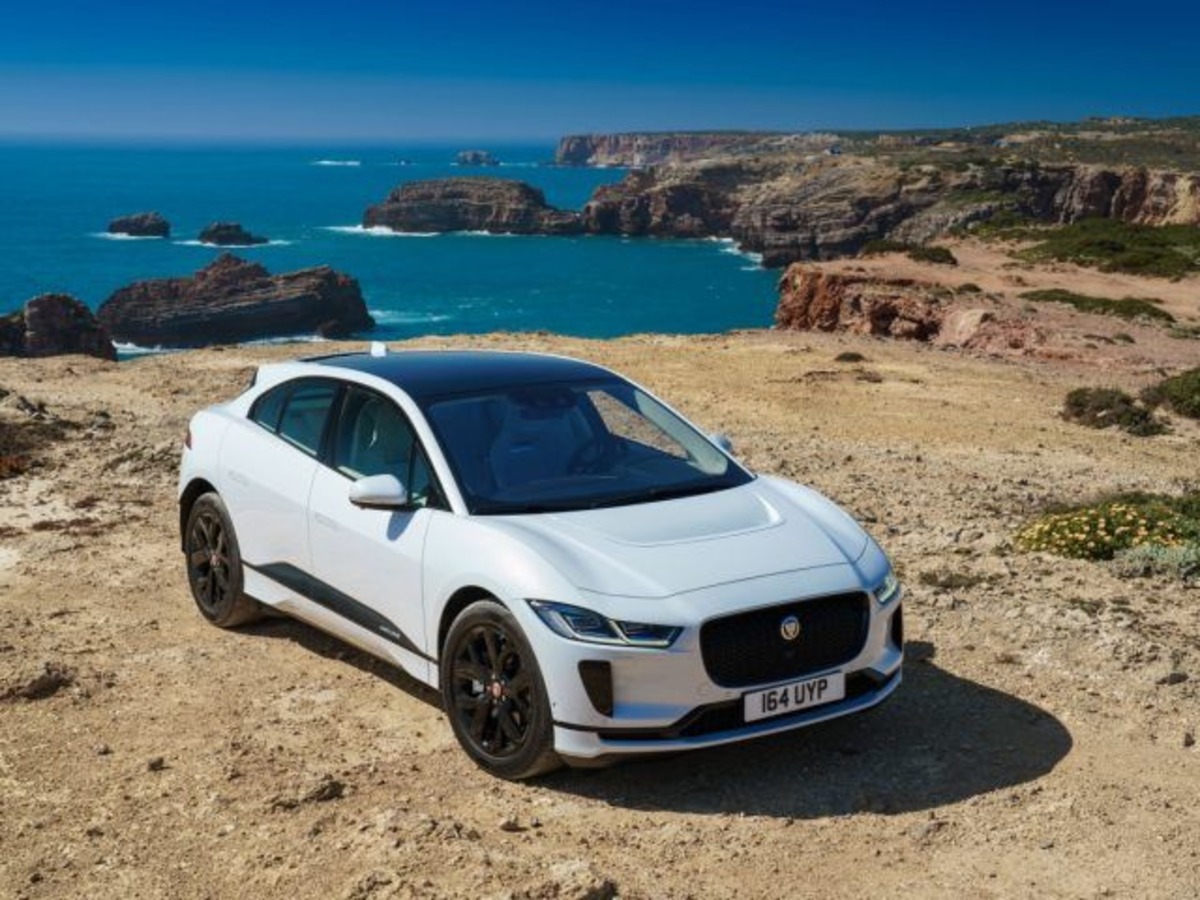
Another issue with the I-PACE is its complex technology. Luxury cars like the I-PACE tend to be loaded with intricate electronics, and after 100K miles, problems with the infotainment system, powertrain, and other tech features can start to appear.
The cost of replacing these systems or fixing persistent issues can quickly add up, especially as the warranty begins to expire.
Additionally, the I-PACE’s overall build, though luxurious, doesn’t always hold up as well as expected. There are reports of premature wear on the interior, especially with the seats and other soft-touch materials. While the I-PACE is an impressive car when it’s fresh, it doesn’t have the longevity that you’d expect from a high-end EV after 100K miles.
5. Tesla Model X
The Tesla Model X, despite being one of the most recognized luxury electric SUVs on the market, doesn’t always perform well after 100,000 miles. While Tesla’s technology is often praised for its performance and features, the Model X starts to show wear in a few areas after crossing the 100K-mile threshold.

For one, the large battery in the Model X, though powerful, degrades faster compared to smaller, more efficient batteries found in other EVs.
By the time it hits 100K miles, drivers often report substantial drops in range, with many needing to recharge more frequently and experiencing less mileage per charge. This can be a major downside for those who rely on the Model X for long trips or daily commutes.
Another issue with the Model X is the complex nature of its mechanical and electrical systems. From the Falcon Wing doors to the advanced autopilot tech, the Model X has several high-tech features that can break down over time.
Repairing these issues can be expensive, especially since Tesla’s repair costs can be high after the warranty expires. While the Model X is an impressive vehicle, it doesn’t have the same long-term durability and reliability as other EVs once it hits the 100K-mile mark.

